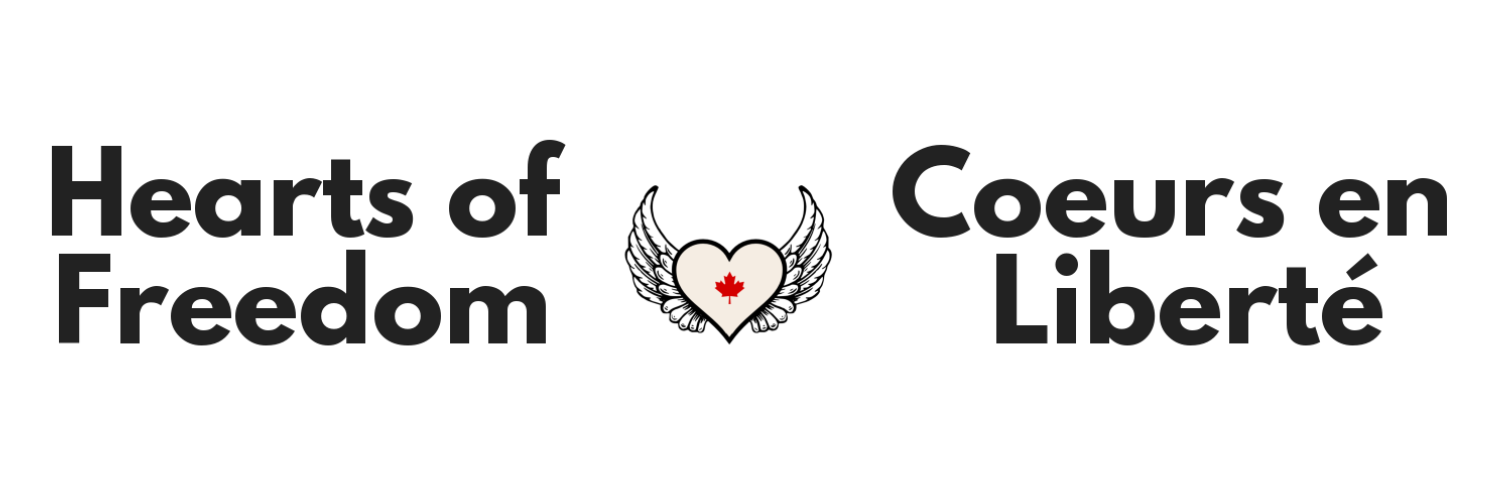The resettlement in Canada of Southeast Asian refugees started in May 1975. As Saigon fell to North Vietnamese forces, panicked Vietnamese students studying in Canada beseeched the Canadian government to accept their relatives fleeing Vietnam. This was the beginning of the largest ever resettlement movement of non-European refugees in Canada.
Canada welcomed very large numbers of Southeast Asian refugees because the people and government of Canada were willing to accept fundamental changes in the composition of Canada’s population. During the past five decades Canadians came to see the role of immigrants and refugees in contributing to Canada’s economic and demographic growth, a fundamental break from the attitudes that prevailed during the preceding two centuries of Canadian history. Today, non-Europeans are seen as valuable Canadians and now comprise almost one-quarter of Canada’s population, up from one percent fifty years ago.
Just under 9,000 Southeast Asian war refugees, most of them military personnel and government functionaries arrived in Canada between 1975 and 1978. These people feared communist retribution and escaped to protect their lives and the lives of their families. The great majority were Vietnamese, with much smaller numbers of Cambodians and Laotians. The war refugees found very few compatriots already in Canada, everything was strange for them. The support systems established by the 1976 Immigration Act were not yet in place.
The major arrivals in Canada of Vietnamese boat people and overland refugees from Cambodia and Laos peaked in 1979-80, continued at a less intense pace through the 1980s, and ended in the 1990s. By 1979, the 1976 Refugee Act provided the tools, including private sponsorship of refugees and the Indochinese Designated Class, which enabled Canadian officials to administer the enormous refugee influx of 1979-80, during which Canada resettled over 60,000 Southeast Asian refugees.
Overall, some 210,000 Vietnamese, Cambodians and Laotians arrived in Canada between 1975 and 1997. Of these 156,000 were privately sponsored and government assisted refugees. 64,000 were family members allowed to leave Vietnam under the Orderly Departures program after being sponsored by their families. The sponsoring families in Canada were themselves recently resettled Southeast Asian refugees. A sizable minority of the Vietnamese movement were members of the Chinese community – the Hoa.
On arrival, all of the refugees found life in Canada difficult. Everything was strange, including Canadian food. The first cold Canadian winters were very hard. Having to learn a strange new language, often while working at minimum wage jobs demanded great discipline which most of the refugees possessed. It was especially difficult for those who arrived alone without families. Loneliness was a major problem.
For educated refugees requalifying for exercising their old professions was a challenge. Many did not make it and had to retrain in a new occupation, often while working full time. For adult refugees with lower qualifications and fewer language skills life in Canada became dependent on lower-level jobs. But even as they were working at relatively low paying jobs, most refugee families made great efforts to educate their children.
While a few private sponsorships did not work out, refugees found the great majority of their Canadian sponsors to be of enormous assistance by providing them with accommodations, job search assistance, language training and especially with companionship and acculturation to the way things were done in Canada. But perhaps the most important element of the refugee integration process was the rapid establishment of ethnic community associations with the support of Canadian government agencies. This was multiculturalism in practice, the addition of valuable new communities to Canada’s cultural mosaic.
Family cohesion was very important for the refugees. Most attempted to sponsor family members left in Southeast Asia as soon as they could meet Canadian regulatory requirements for submitting a sponsorship. Often this involved considerable hardship for the family in Canada since family members had to work extremely hard to make enough money at low paid jobs to be able to sponsor. Most divided families have now been reunited in Canada.
An amazing aspect of this refugee movement is the ability of the refugees to restart their lives in Canada relatively free of major trauma. Most Southeast Asian refugees went through terrible experiences. Yet, most refugees appear to have been able to overcome the trauma and built successful lives in Canada.
In looking at their lives in Canada, the refugees compare the chaos, corruption and senseless violence they had experienced in their homelands with the kindness of most Canadian officials they had dealings with and especially the kindness toward total strangers from a very different culture displayed by their sponsors.
The freedom to make of your life what you yourself want, based on your own talents and hard work is another quality of Canadian life that refugees most appreciate. Most of them have done well for themselves and their offspring in Canada. Having gone through terrible oppression in Southeast Asia, they really understand the concept of freedom.
Today the refugees and their offspring have become proud Canadians actively involved in all aspects of Canadian life, including a wide range of benevolent and artistic activities. They have also established successful businesses and many are successful professionals. They have demonstrated that refugees often give back to Canada more than Canada has given them.
The Southeast Asian refugee movement has provided a successful, active and talented addition to the Canadian mosaic. It has also provided an example for future refugee movements by demonstrating the value that the positive treatment of refugees can bring to Canada.

